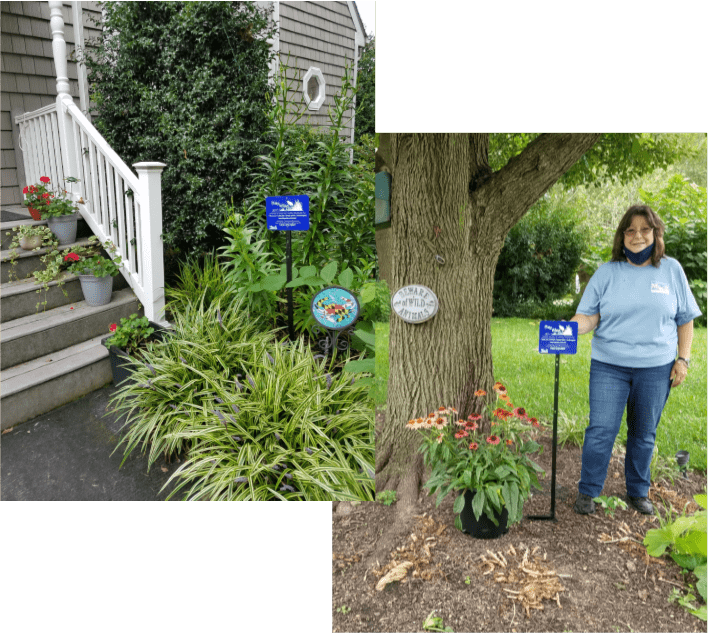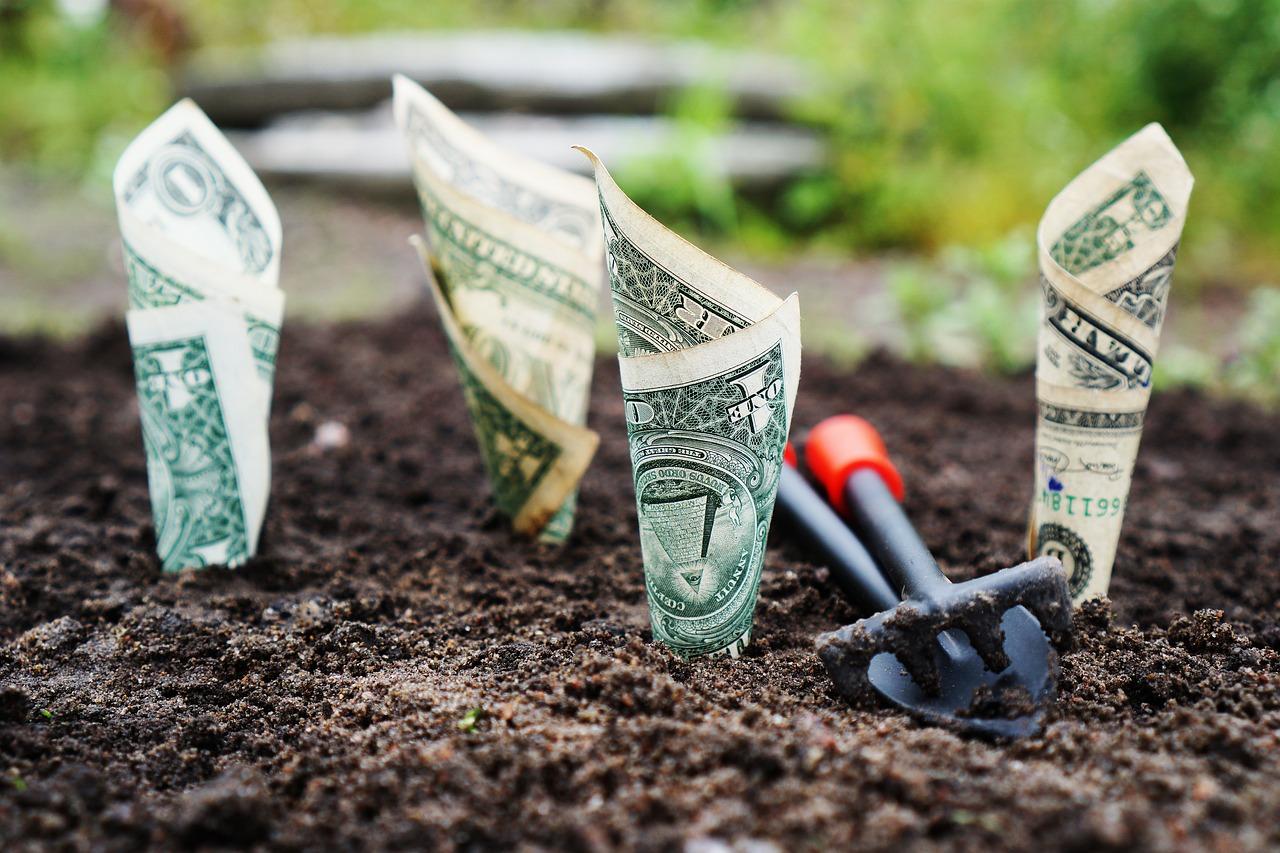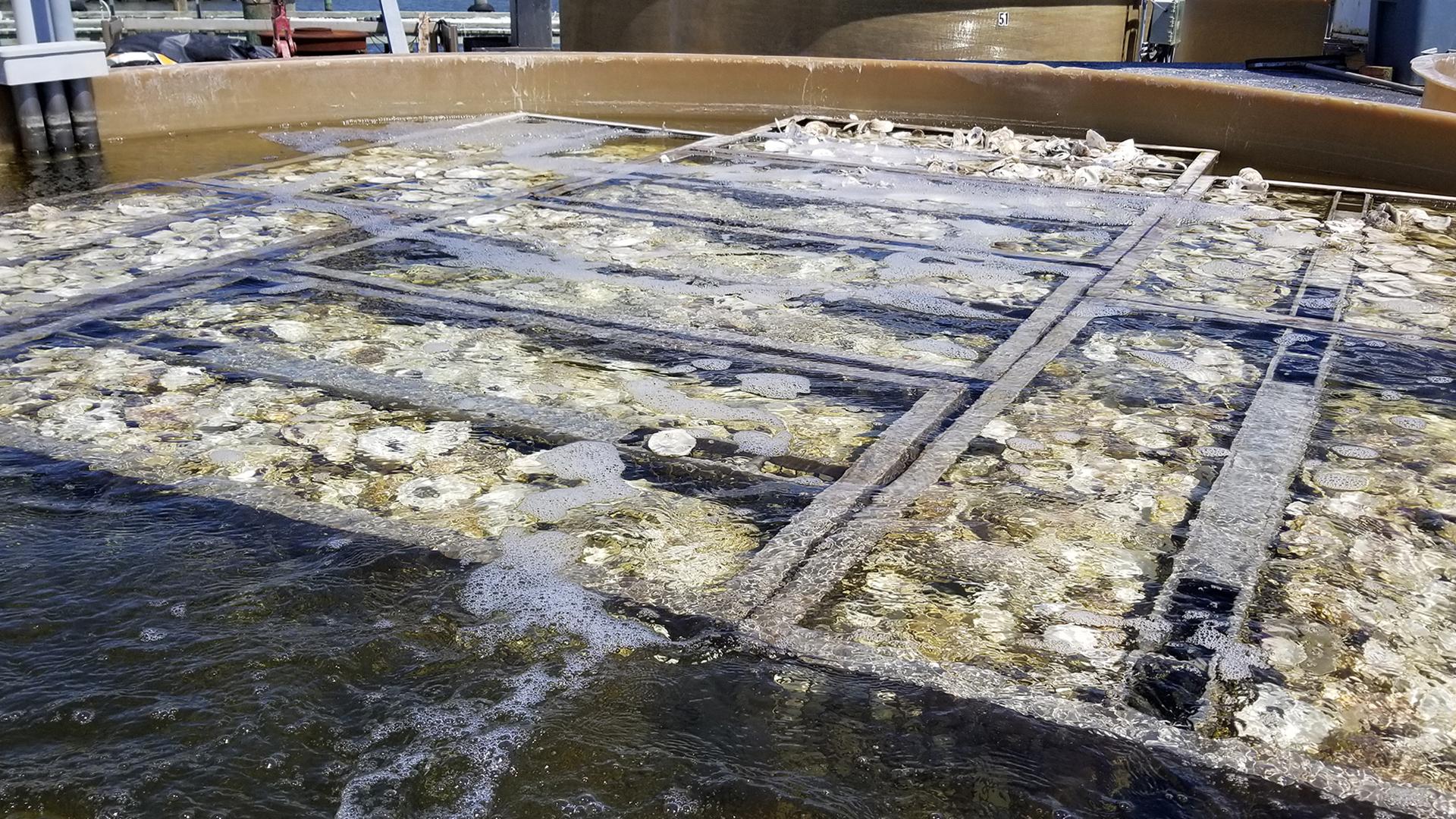Updated: April 18, 2024
Watershed Stewards Academy Curriculum (EC-2020-0518)
The Watershed Stewards Academy (WSA) uses a train-the-trainer approach to instruct and manage a diverse group of Steward volunteer. The goal of the program is to develop Stewards conversant in watershed issues, who provide localized community outreach and assist with the implementation of best management practices focused on stormwater and improving local water quality.The Watershed Stewards Academy Curriculum is a 13-module curriculum, comprised of numerous lessons and activities, that provides participants the basic tools and information for those interested in stormwater management. Each module is approximately 2-3 hours long. This may vary based on local program goals and objectives. Authors: Kelsey Brooks, Eric Buehl, Jennifer Dindinger, Amanda Rockler, and Jackie Takacs; Key Contributors: Nicole Basenback, Suzanne Etgen, Kate McClure, Taryn Sudol, and Krisztian Varsa; Title: Watershed Stewards Academy Curriculum (EC-2020-0518)
Updated: November 21, 2022
Saving Your Soil and the Chesapeake Bay (FS-704)
The topsoil on your property is a valuable resource and the foundation for a healthy landscape. Loss of soil through erosion can mean trouble, not only for your landscape, but for local streams and rivers and the Chesapeake Bay. If you are losing soil from your property, there are several things you can do to stop it.
Updated: August 8, 2022
The Right Tree for Your Lawn--Planting Trees to Help Improve Chesapeake Bay Water Quality
Trees provide life-giving oxygen and food, regulate temperatures, sequester carbon, and yield raw materials for building. Trees also are a source of simple beauty and they utilize nutrients as they grow. If you look at the cost of buying and maintaining trees, they are a pretty good bargain when it comes to improving water quality in the Chesapeake Bay. When selecting trees for their property, a homeowner should consider intended function (privacy screening, shade, etc.), budget, size and the quantity of trees needed. This report also provides important information about how to plant, water, fertilize and mulch trees to ensure that they continue to thrive and contribute to the health of the Chesapeake Bay.
Updated: February 7, 2021
You and The Chesapeake Bay: Food Safety On The Farm
GAPs address: Water, Worker Health and Hygiene, Sanitary Facilities, Field Sanitation, Packing Facilities, Manure Application, Transportation and Trace Back.



